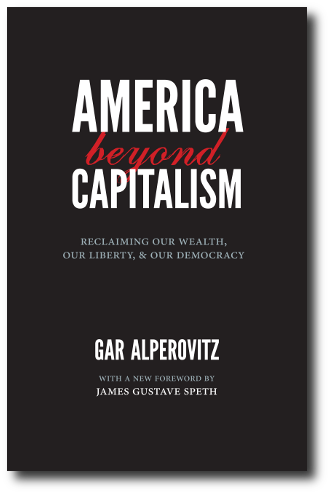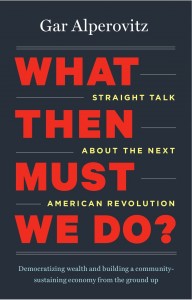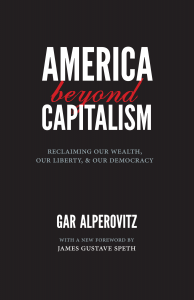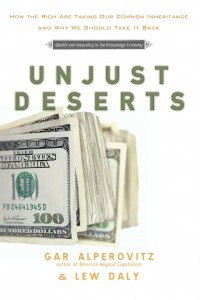Among historians, I am most well known for my work on the history of the decision to use the atomic bomb on Hiroshima and Nagasaki.
 This work began with my 1965 book, Atomic diplomacy: Hiroshima and Potsdam : the use of the atomic bomb and the American confrontation with Soviet power, in which I argued that the then available evidence available pointed to three major conclusions: first, that the first use of these terrible weapons was unnecessary; second, that this was understood by decision makers at the time; and third that there was very substantial though not absolutely definitive evidence that by the late summer of 1945 the decision was primarily influenced by diplomatic considerations related to the Soviet Union.
This work began with my 1965 book, Atomic diplomacy: Hiroshima and Potsdam : the use of the atomic bomb and the American confrontation with Soviet power, in which I argued that the then available evidence available pointed to three major conclusions: first, that the first use of these terrible weapons was unnecessary; second, that this was understood by decision makers at the time; and third that there was very substantial though not absolutely definitive evidence that by the late summer of 1945 the decision was primarily influenced by diplomatic considerations related to the Soviet Union.
 I revisited this thesis in light of a vastly expanded corpus of evidence in my 1995 book, The Decision to Use the Atomic Bomb and the Architecture of an American Myth. The primary focus of the first book was the complicated way in which the atomic bomb altered and hardened the course of U.S. diplomatic strategy towards the Soviet Union in 1945. The 1995 book focused directly and explicitly on the decision itself. The new book also reviewed the many ways in which myths concerning its use were actively promoted by official and unofficial efforts in the early Cold War years.
I revisited this thesis in light of a vastly expanded corpus of evidence in my 1995 book, The Decision to Use the Atomic Bomb and the Architecture of an American Myth. The primary focus of the first book was the complicated way in which the atomic bomb altered and hardened the course of U.S. diplomatic strategy towards the Soviet Union in 1945. The 1995 book focused directly and explicitly on the decision itself. The new book also reviewed the many ways in which myths concerning its use were actively promoted by official and unofficial efforts in the early Cold War years.
A useful account of the debates in the historical profession which erupted in the wake of the publication of The Decision to Use the Atomic Bomb is provided by Doug Long’s archive of the relevant postings from h-net.org.
The books have been published in many languages, including German, Japanese, Korean, Italian, Swedish, Portuguese, and Russian. They have also been the subject of television documentaries in Germany, Japan, the United Kingdom, as well as one of the major themes taken up in an ABC production in the United States.
 AMERICA BEYOND CAPITALISM
AMERICA BEYOND CAPITALISM



 Agenda
Agenda  Posterboard
Posterboard 